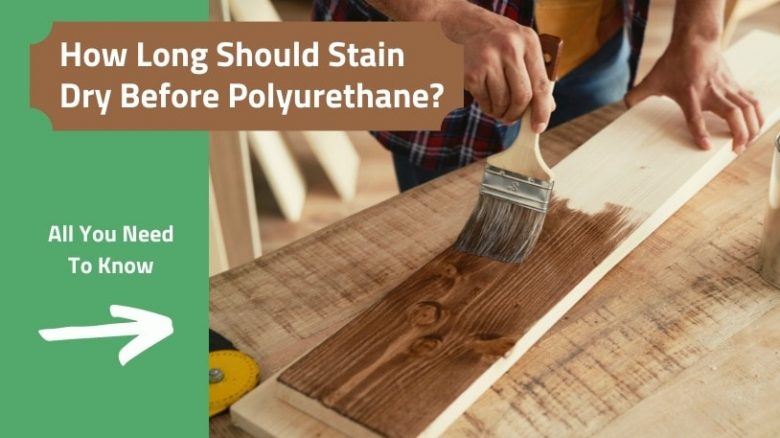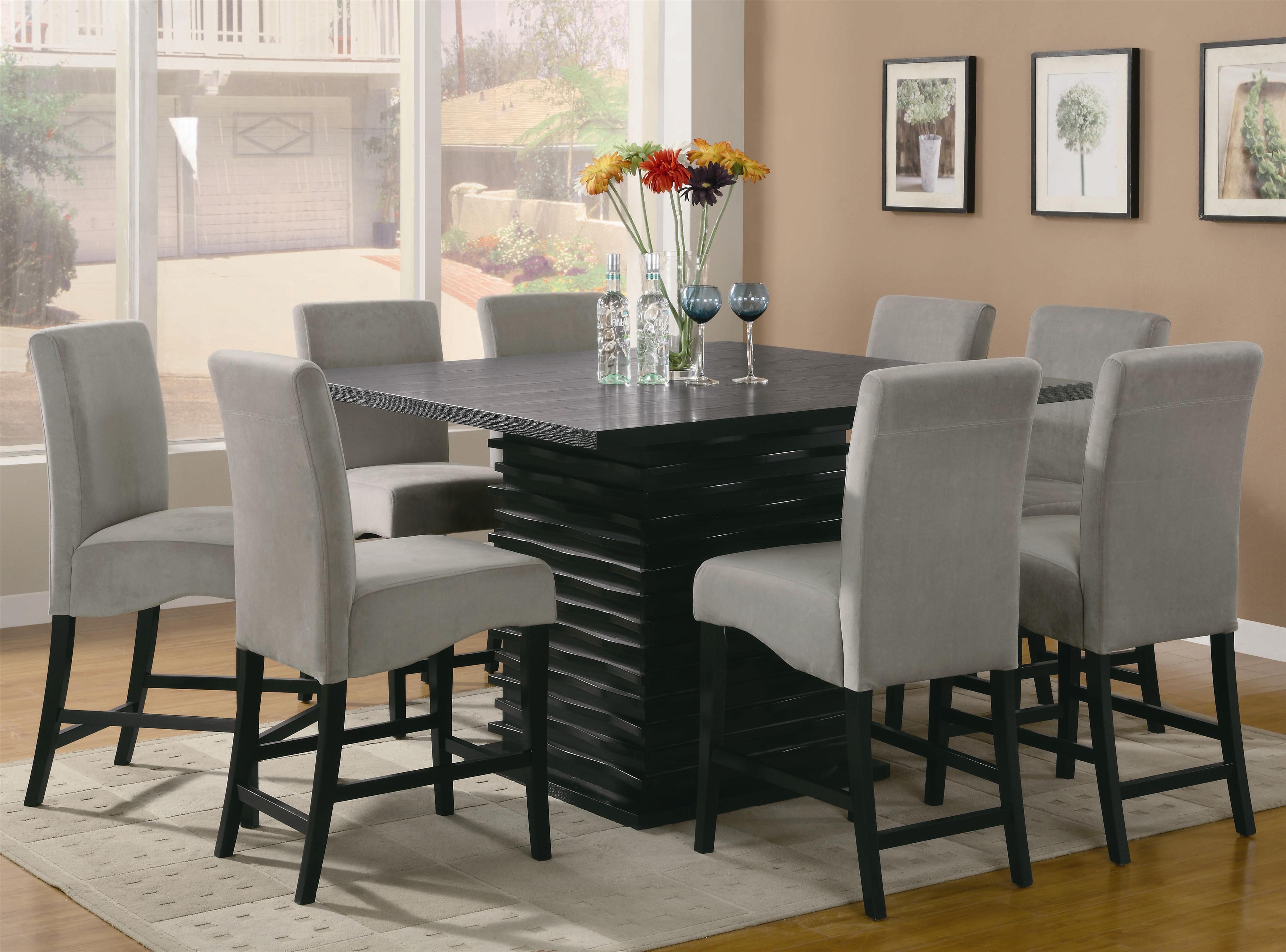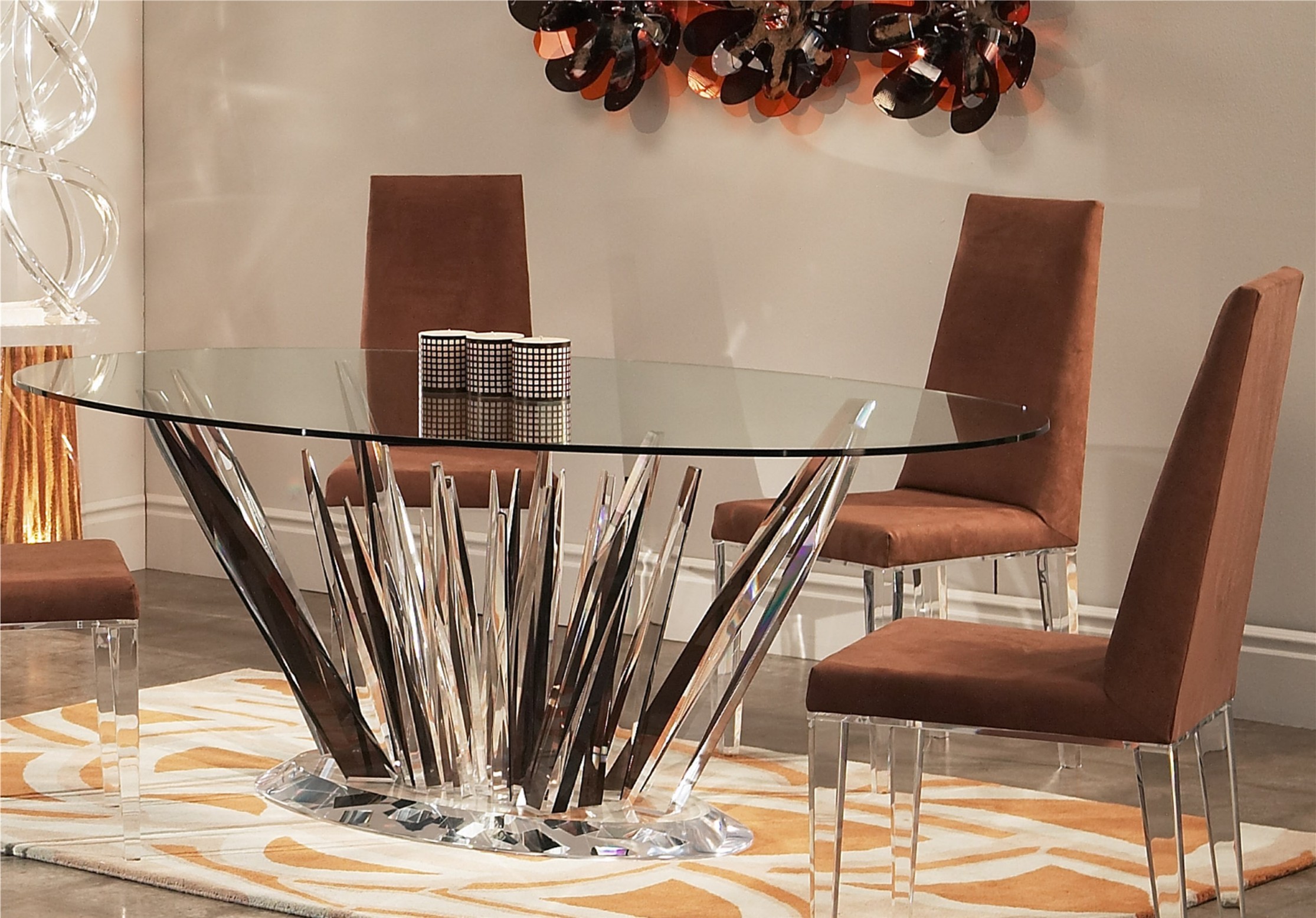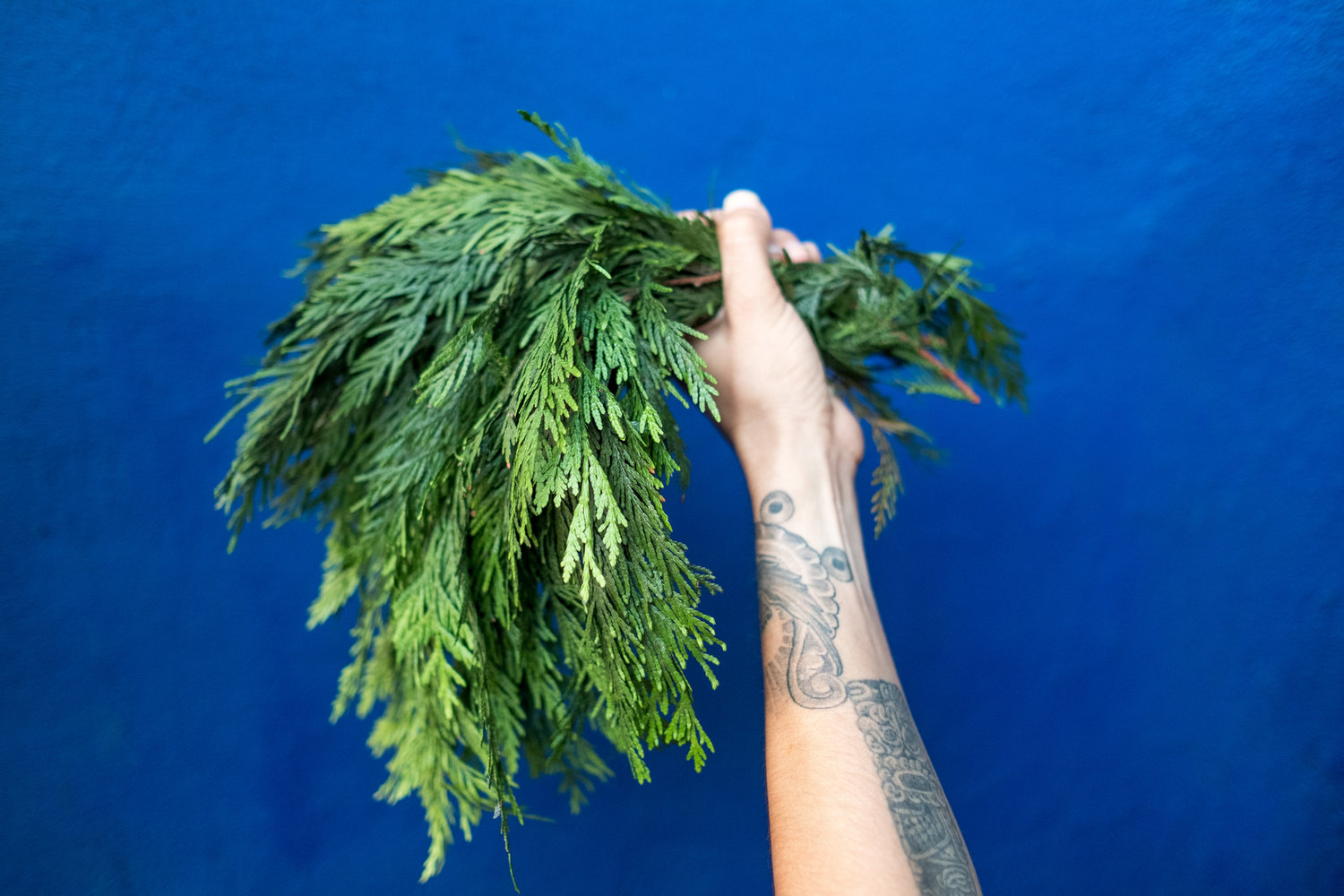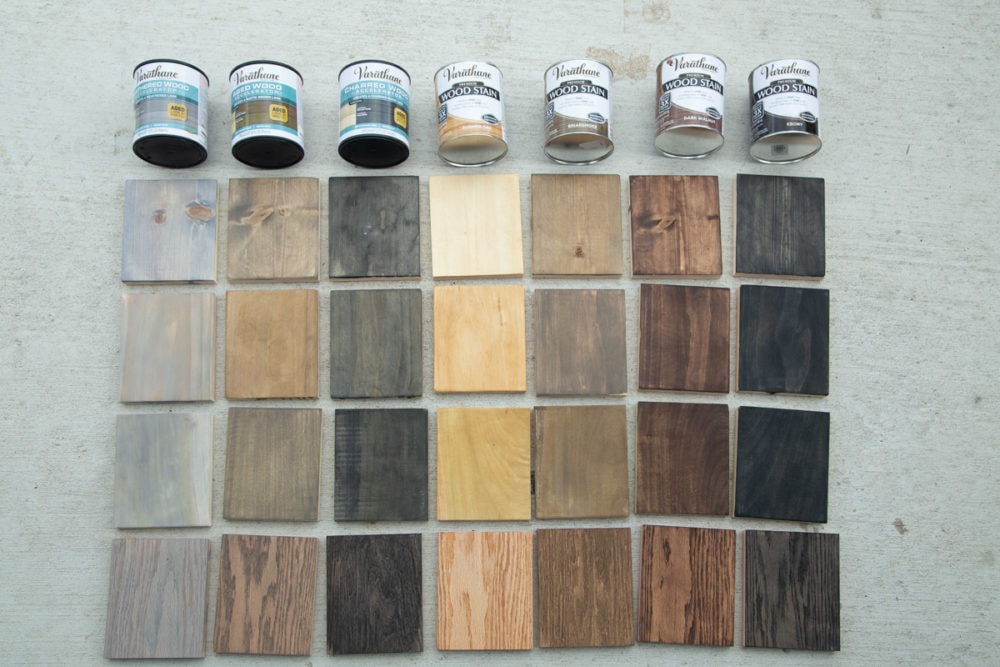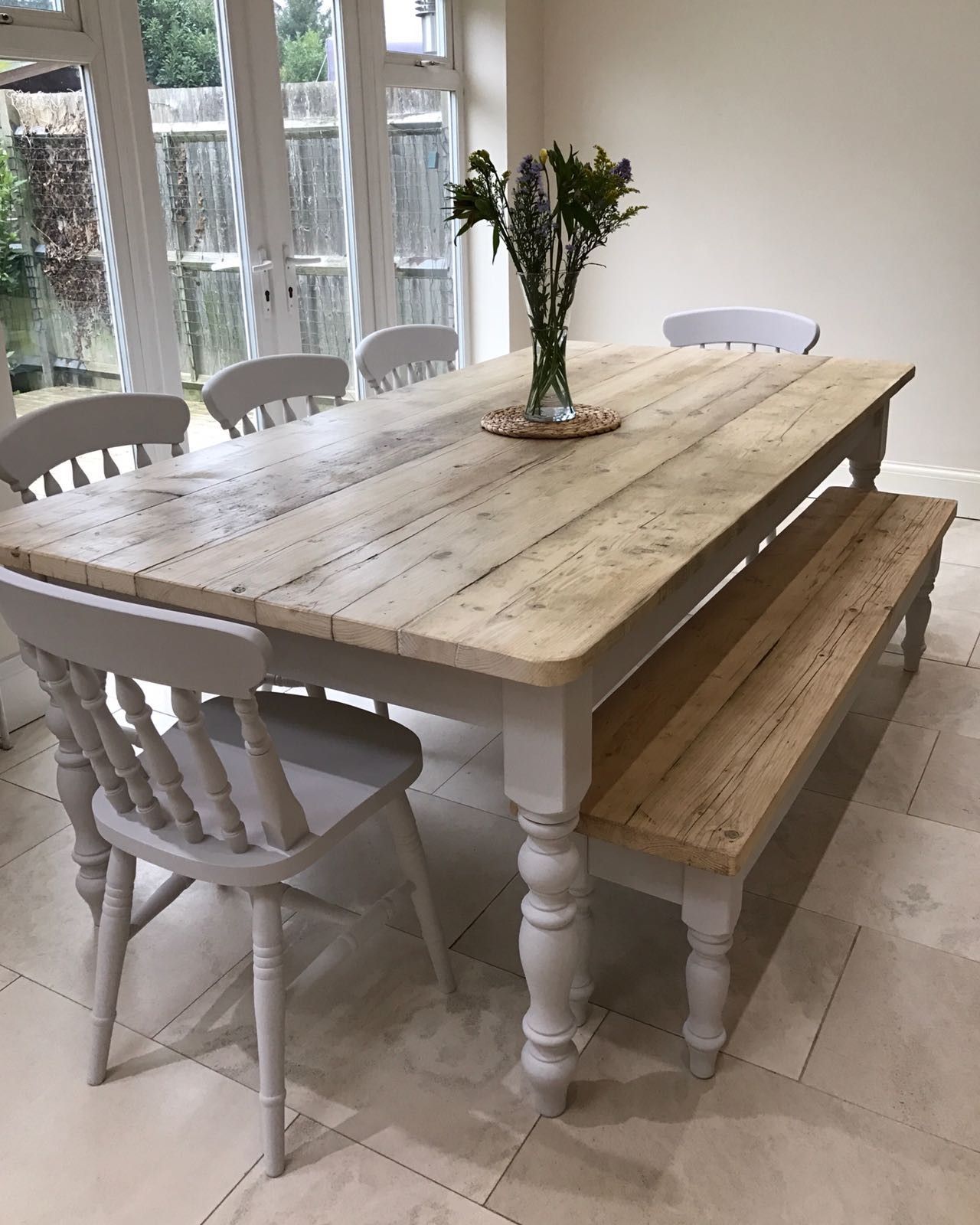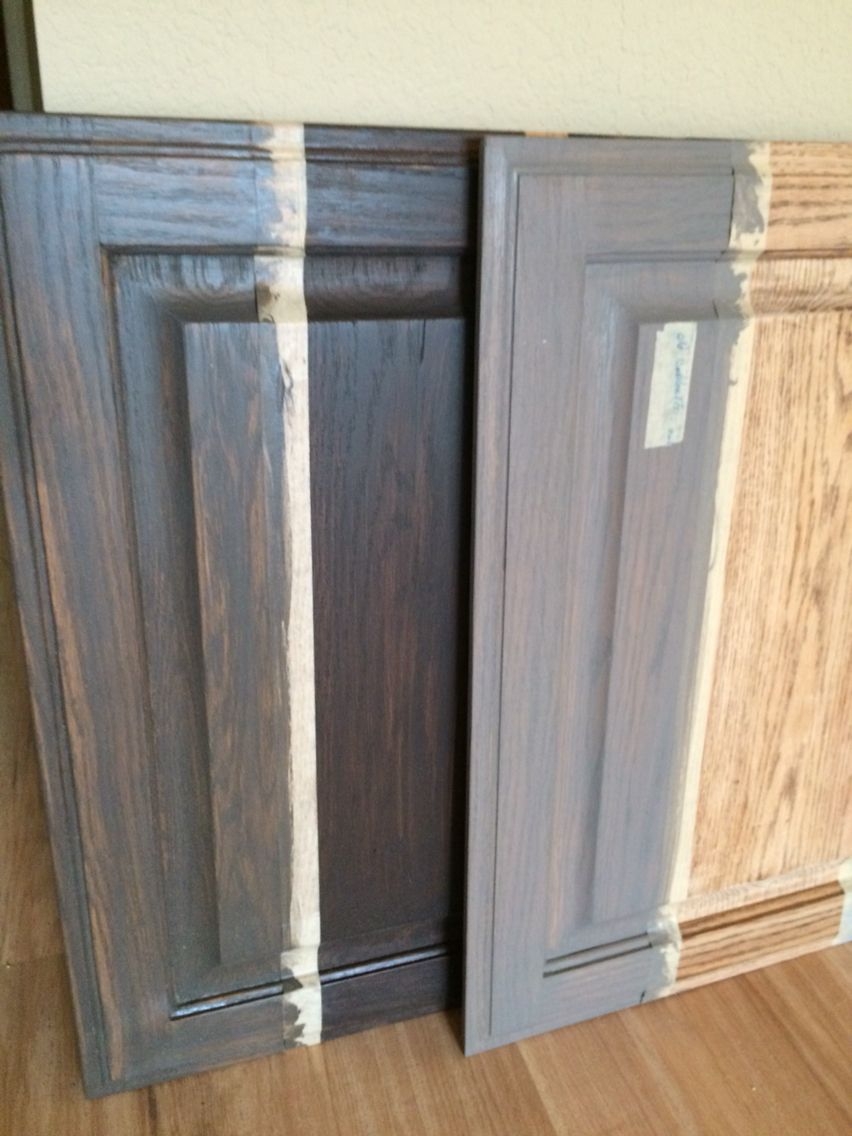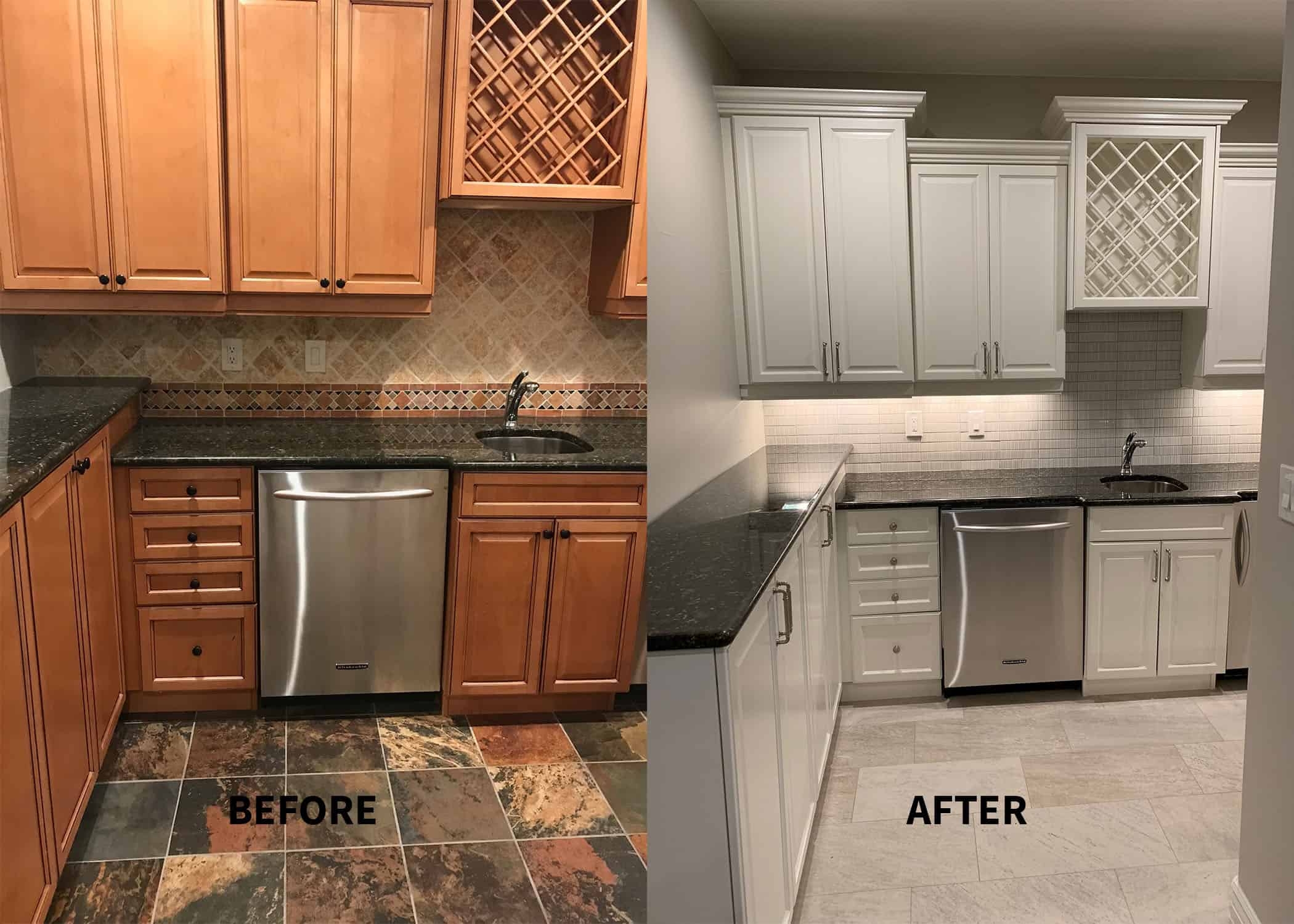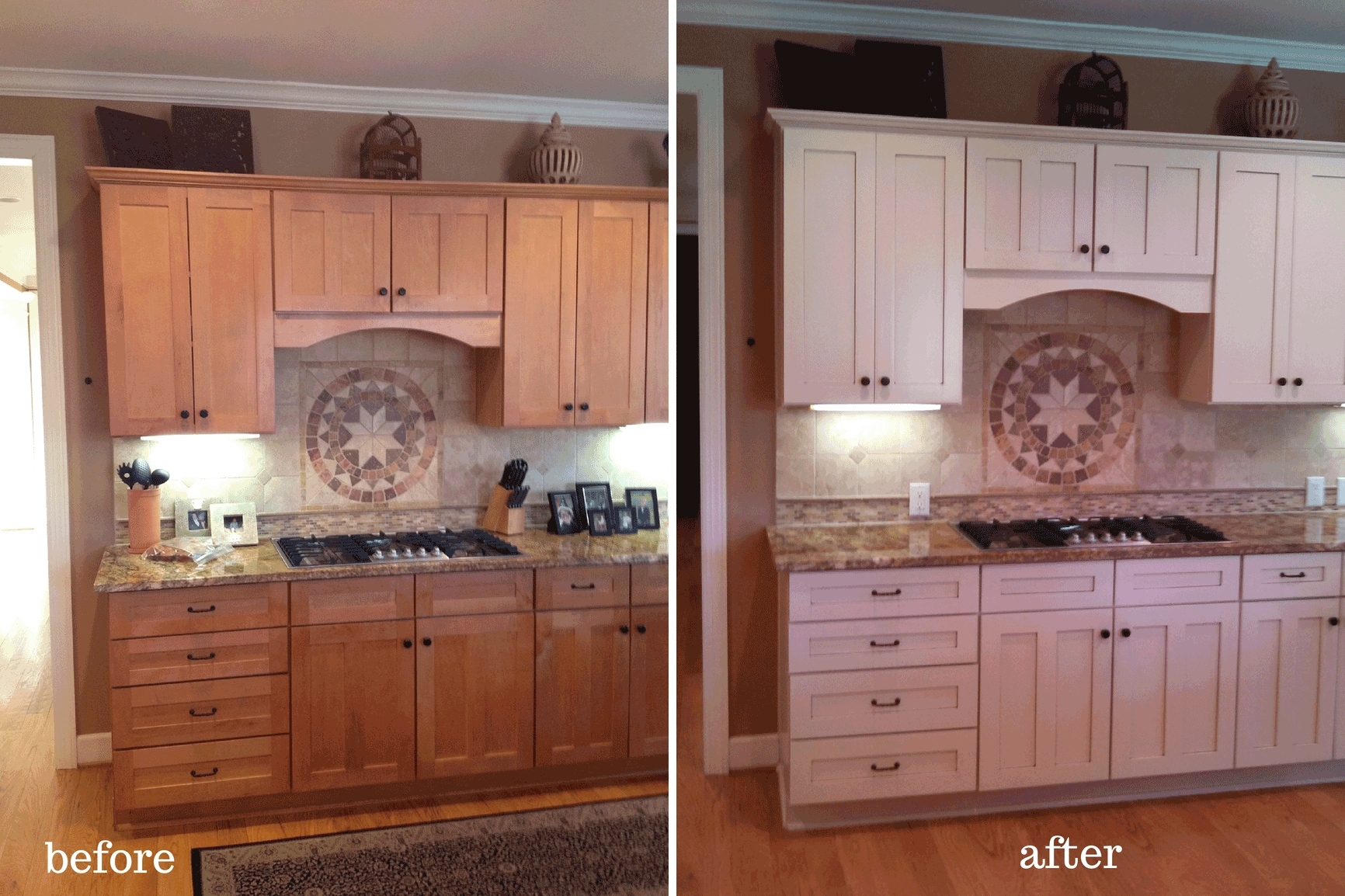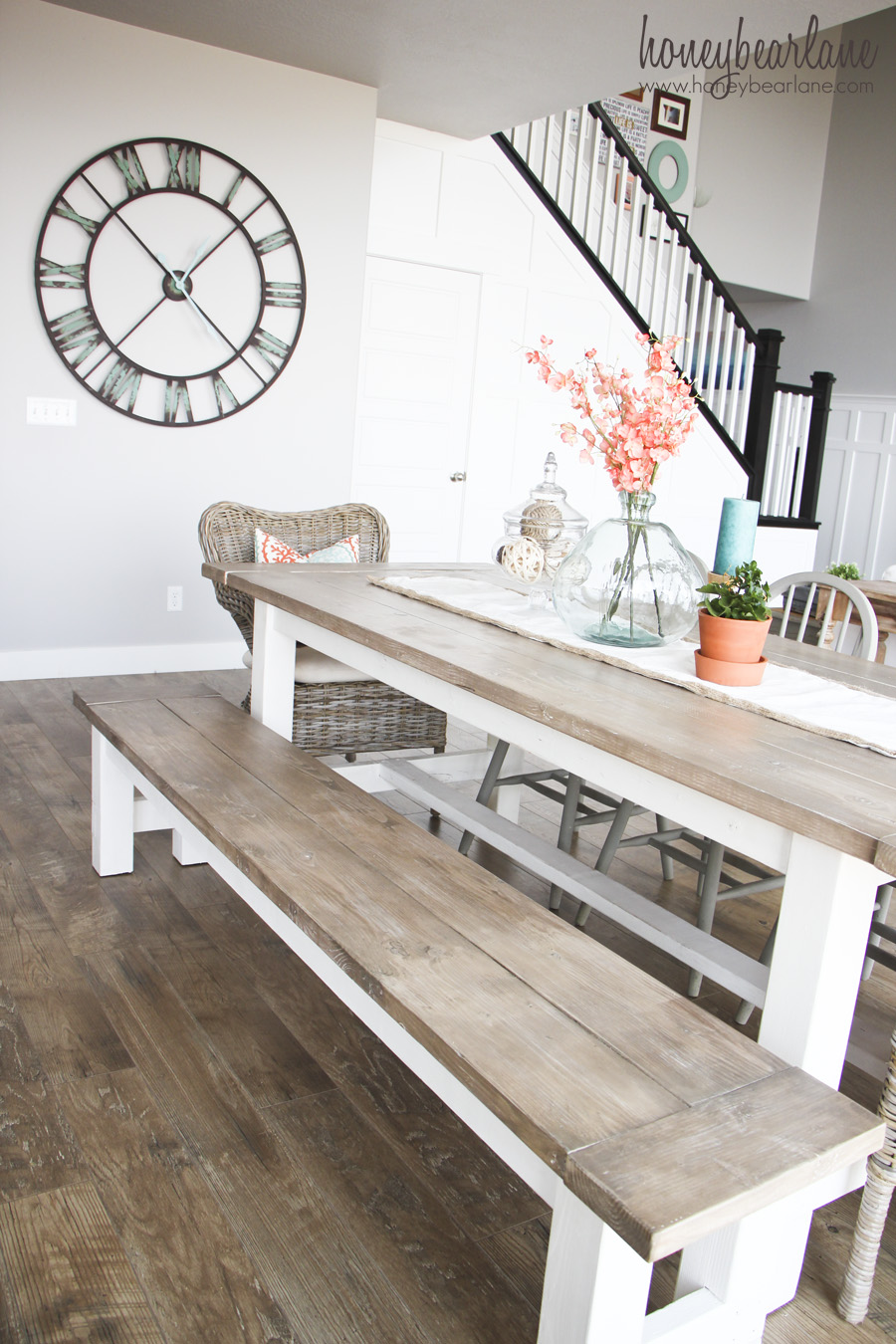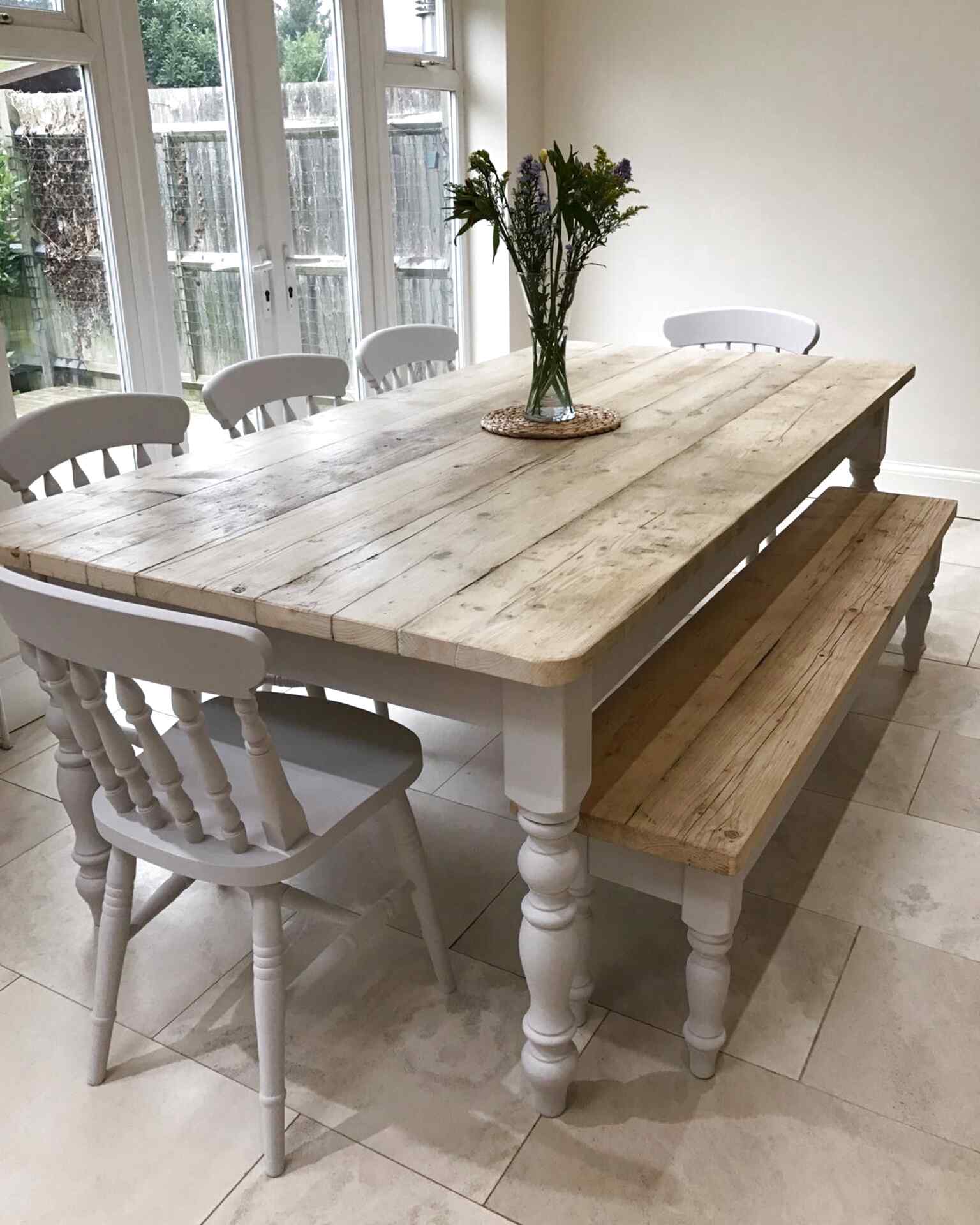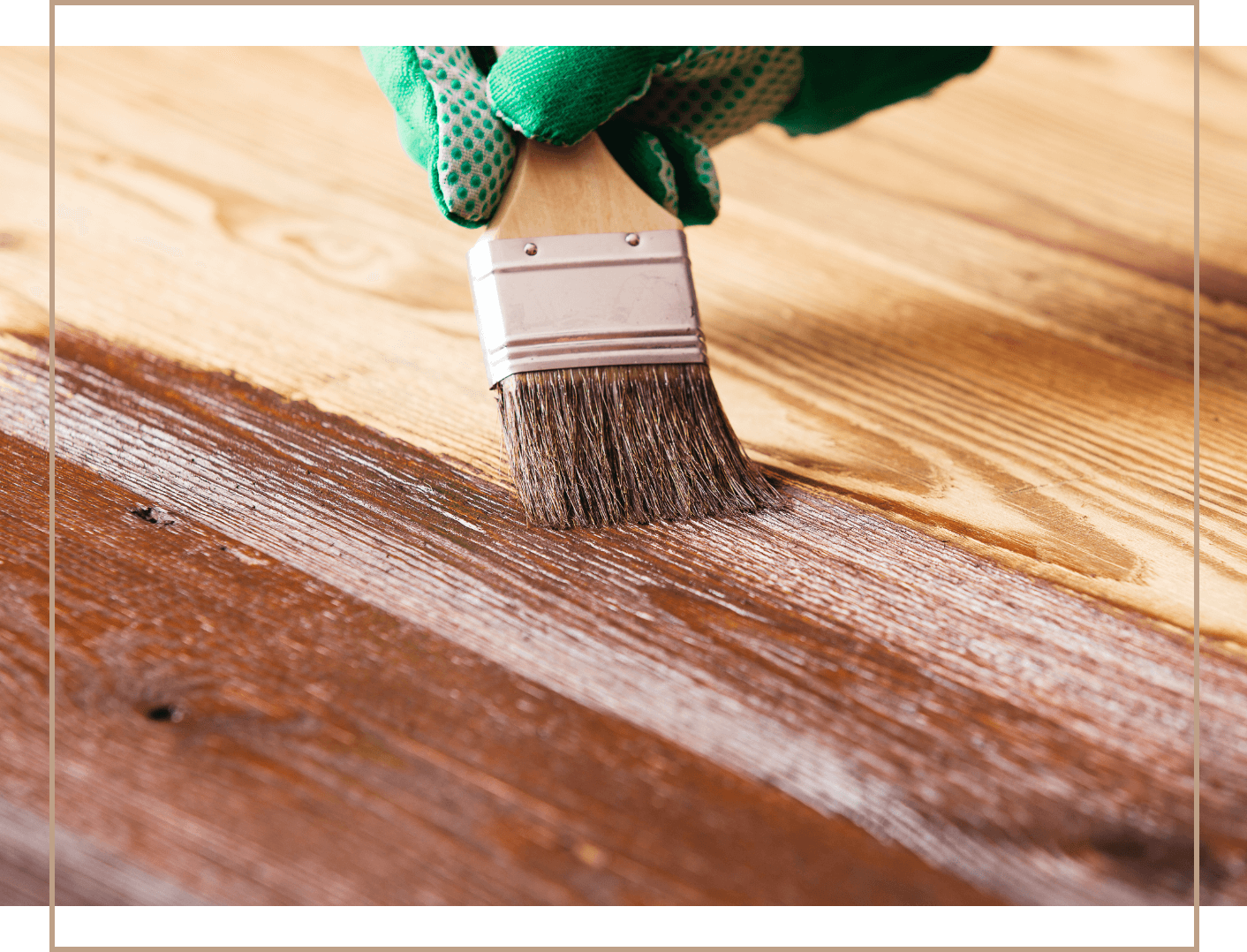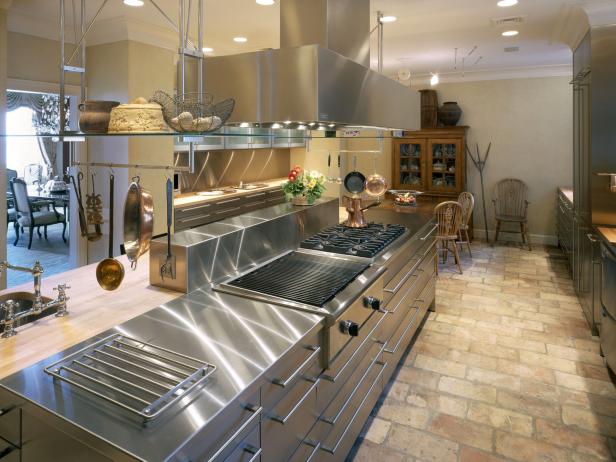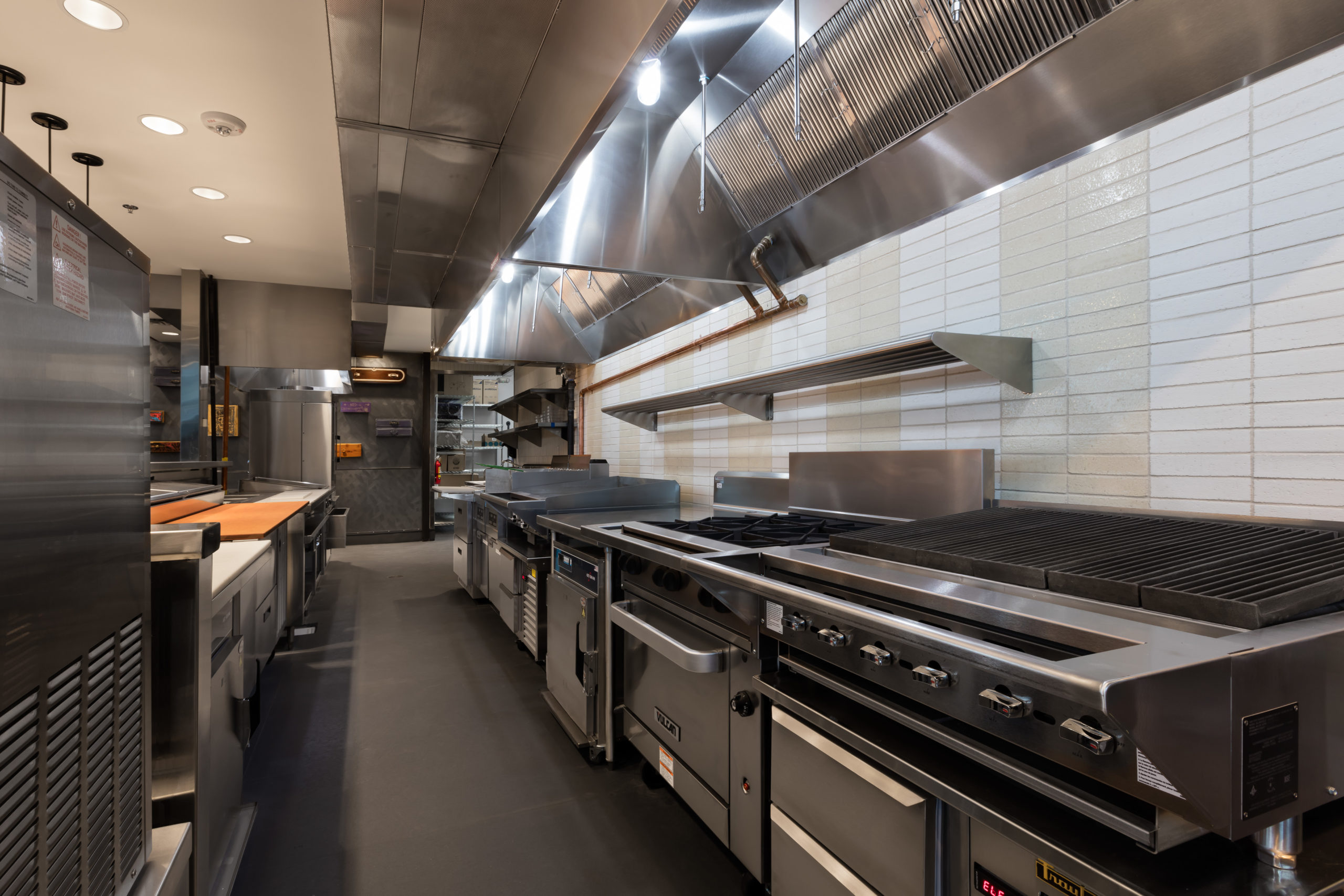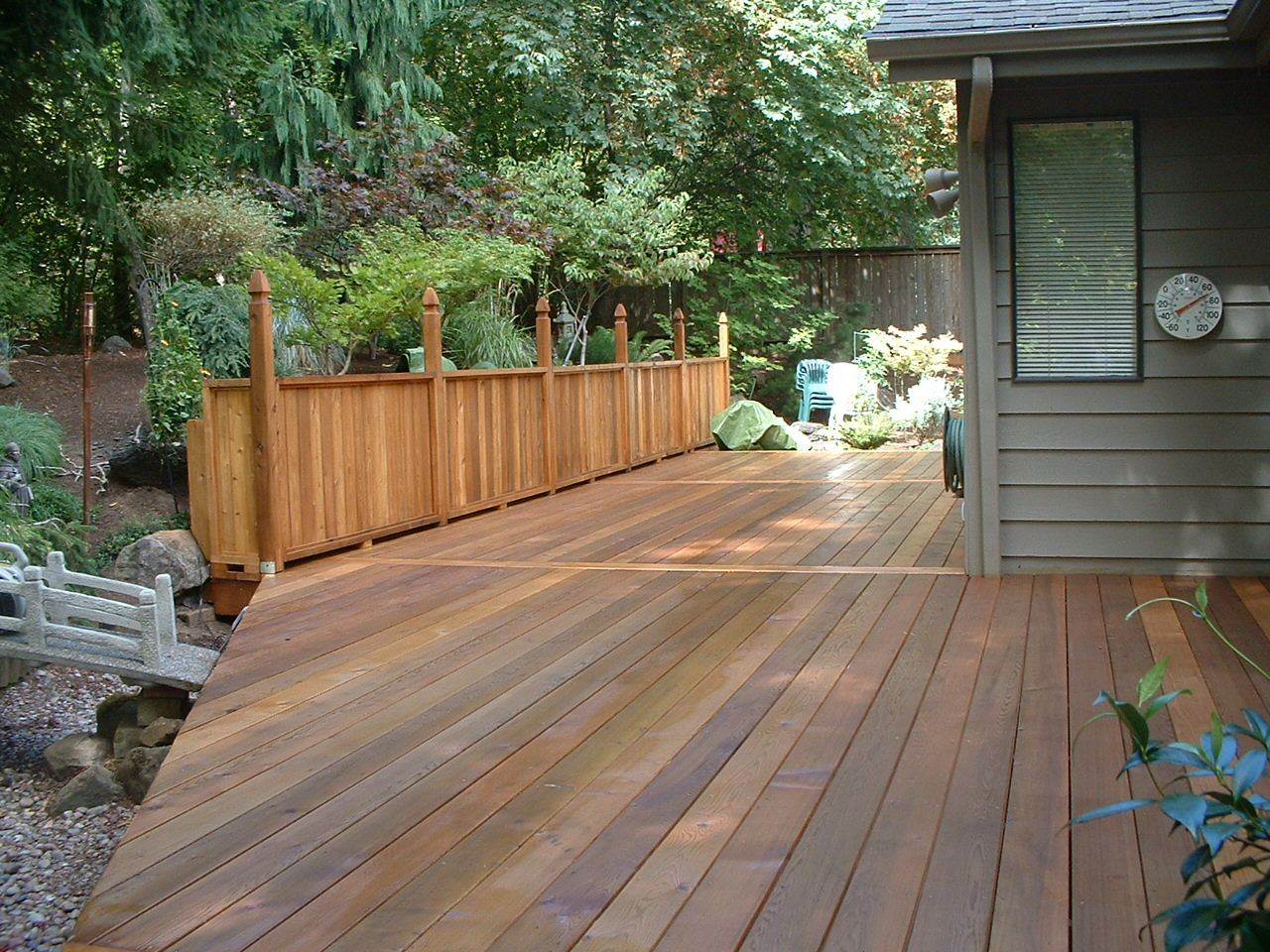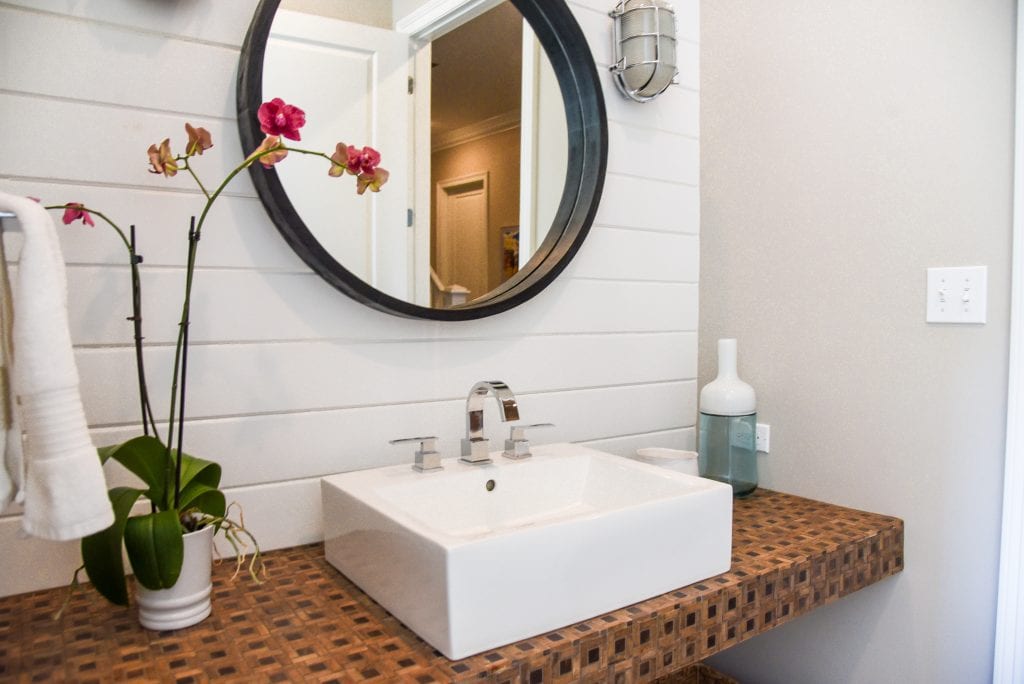When it comes to staining your kitchen table, one of the best options is to use a water-based stain. These stains are easy to apply, dry quickly, and have low odor, making them a convenient choice for any kitchen. They also come in a variety of colors, from light and natural tones to darker, more dramatic shades. Plus, they are environmentally friendly and easy to clean up with just soap and water.1. Water-based stains for kitchen tables
If you're looking for a more traditional stain for your kitchen table, then consider using an oil-based stain. These stains provide a rich, deep color that highlights the natural beauty of the wood. They also offer good durability and protection against scratches and spills. However, they can be messy to work with and have a longer drying time compared to water-based stains.2. Oil-based stains for kitchen tables
Gel stains are a popular choice for kitchen tables because they provide a thick, even coat of color that doesn't drip or run. They are great for achieving a uniform finish on uneven or porous wood surfaces. Gel stains also have a longer working time, allowing you to blend and manipulate the color to your liking before it dries. However, they may not penetrate deeply into the wood, resulting in a less durable finish.3. Gel stains for kitchen tables
For those who want a durable and long-lasting finish for their kitchen table, polyurethane stains are the way to go. These stains provide a hard, protective layer that resists scratches, stains, and heat. They also come in a variety of finishes, from matte to high gloss. However, they can be challenging to apply and may require multiple coats for an even finish.4. Polyurethane stains for kitchen tables
Acrylic stains are known for their vibrant and intense color that can transform any kitchen table into a statement piece. These stains are water-based and provide a durable, waterproof finish that is easy to clean and maintain. They also dry quickly, making them an ideal choice for those who want to complete their project in a short amount of time.5. Acrylic stains for kitchen tables
If you want a stain that will enhance the natural grain of your wood and provide a glossy finish, then varnish stains are worth considering. They are easy to apply and provide a durable, scratch and heat-resistant finish. However, they may require multiple coats for a high gloss finish, and the fumes can be strong during application.6. Varnish stains for kitchen tables
Choosing the right wood stain color for your kitchen table can be overwhelming, with so many options available. Some popular choices include dark walnut for a classic and elegant look, golden oak for a warm and inviting feel, and ebony for a modern and dramatic look. Consider the overall style and color scheme of your kitchen when selecting a stain color.7. Wood stain colors for kitchen tables
When it comes to staining your kitchen table, there are several techniques you can use to achieve different results. Wiping on involves applying the stain with a cloth in a circular motion, while brushing on involves using a brush in the direction of the wood grain. Layering is another technique that involves applying multiple coats of different stains for a unique and customized look.8. Staining techniques for kitchen tables
If you're a handy person and want to save some money, staining your kitchen table yourself can be a fun and rewarding project. Make sure to properly prepare the surface by sanding and cleaning it, and always test the stain on a small, inconspicuous area before applying it to the entire table. Follow the instructions on the stain and allow for proper drying time between coats for best results.9. DIY staining for kitchen tables
For those who want a flawless and professional finish for their kitchen table, hiring a staining service may be the best option. Professional stain experts have the knowledge, skills, and tools to achieve the perfect stain for your table. They can also offer advice on the best stain type and color for your specific needs and provide a warranty for their work.10. Professional staining services for kitchen tables
The Best Type of Stain for Your Kitchen Table

Why Staining Your Kitchen Table Is Important
 A kitchen table is not just a piece of furniture, but the centerpiece of your kitchen. It's where you gather with family and friends to share meals and create memories. As such, it's important to choose the right stain for your kitchen table to not only enhance its appearance but also protect it from daily wear and tear. With so many stain options available, it can be overwhelming to determine which one is the best for your kitchen table. In this article, we'll break down the different types of stains and help you choose the best one for your kitchen table.
A kitchen table is not just a piece of furniture, but the centerpiece of your kitchen. It's where you gather with family and friends to share meals and create memories. As such, it's important to choose the right stain for your kitchen table to not only enhance its appearance but also protect it from daily wear and tear. With so many stain options available, it can be overwhelming to determine which one is the best for your kitchen table. In this article, we'll break down the different types of stains and help you choose the best one for your kitchen table.
The Benefits of Water-Based Stains
 Water-based stains
are a popular choice for kitchen tables for several reasons. First and foremost, they are environmentally friendly and have low VOCs (volatile organic compounds). This means they emit fewer fumes and are safer for your family and the environment. Additionally, water-based stains are easy to clean up with soap and water, making them a practical choice for a high-traffic area like the kitchen. They also dry faster than oil-based stains, allowing you to finish your project quicker.
Water-based stains
are a popular choice for kitchen tables for several reasons. First and foremost, they are environmentally friendly and have low VOCs (volatile organic compounds). This means they emit fewer fumes and are safer for your family and the environment. Additionally, water-based stains are easy to clean up with soap and water, making them a practical choice for a high-traffic area like the kitchen. They also dry faster than oil-based stains, allowing you to finish your project quicker.
The Advantages of Oil-Based Stains
 While water-based stains have their benefits,
oil-based stains
are still a top choice for many homeowners. Oil-based stains penetrate deeper into the wood, providing a richer and more vibrant color. They also offer better protection against scratches and stains. Unlike water-based stains, which sit on top of the wood, oil-based stains seep into the wood fibers, making them less likely to chip or peel. This makes oil-based stains a great option for kitchen tables that see a lot of use.
While water-based stains have their benefits,
oil-based stains
are still a top choice for many homeowners. Oil-based stains penetrate deeper into the wood, providing a richer and more vibrant color. They also offer better protection against scratches and stains. Unlike water-based stains, which sit on top of the wood, oil-based stains seep into the wood fibers, making them less likely to chip or peel. This makes oil-based stains a great option for kitchen tables that see a lot of use.
The Durability of Gel Stains
 Gel stains
are a unique type of stain that offers the best of both worlds. Similar to oil-based stains, they penetrate deep into the wood for a rich finish, but they also have a thicker consistency, making them easier to control and less messy. Gel stains are perfect for beginners and DIY enthusiasts as they are less likely to drip or run. They are also highly durable, making them a great option for kitchen tables that are exposed to spills and heavy use.
Gel stains
are a unique type of stain that offers the best of both worlds. Similar to oil-based stains, they penetrate deep into the wood for a rich finish, but they also have a thicker consistency, making them easier to control and less messy. Gel stains are perfect for beginners and DIY enthusiasts as they are less likely to drip or run. They are also highly durable, making them a great option for kitchen tables that are exposed to spills and heavy use.
Consider the Color and Wood Type
 When deciding on the best stain for your kitchen table, it's essential to consider the color and type of wood you are working with.
Lighter wood
such as pine or maple may require a different type of stain than
darker wood
like cherry or walnut. It's also important to choose a stain color that complements the existing color palette of your kitchen. For example, a
dark walnut stain
would look stunning in a kitchen with white cabinets and countertops.
In conclusion, there is no one-size-fits-all solution when it comes to choosing the best stain for your kitchen table. It ultimately depends on your personal preferences, the type of wood you are working with, and the desired end result. Consider the benefits of water-based, oil-based, and gel stains, and always take into account the color and type of wood when making your decision. With the right stain, you can transform your kitchen table into a beautiful and durable piece of furniture that will stand the test of time.
When deciding on the best stain for your kitchen table, it's essential to consider the color and type of wood you are working with.
Lighter wood
such as pine or maple may require a different type of stain than
darker wood
like cherry or walnut. It's also important to choose a stain color that complements the existing color palette of your kitchen. For example, a
dark walnut stain
would look stunning in a kitchen with white cabinets and countertops.
In conclusion, there is no one-size-fits-all solution when it comes to choosing the best stain for your kitchen table. It ultimately depends on your personal preferences, the type of wood you are working with, and the desired end result. Consider the benefits of water-based, oil-based, and gel stains, and always take into account the color and type of wood when making your decision. With the right stain, you can transform your kitchen table into a beautiful and durable piece of furniture that will stand the test of time.

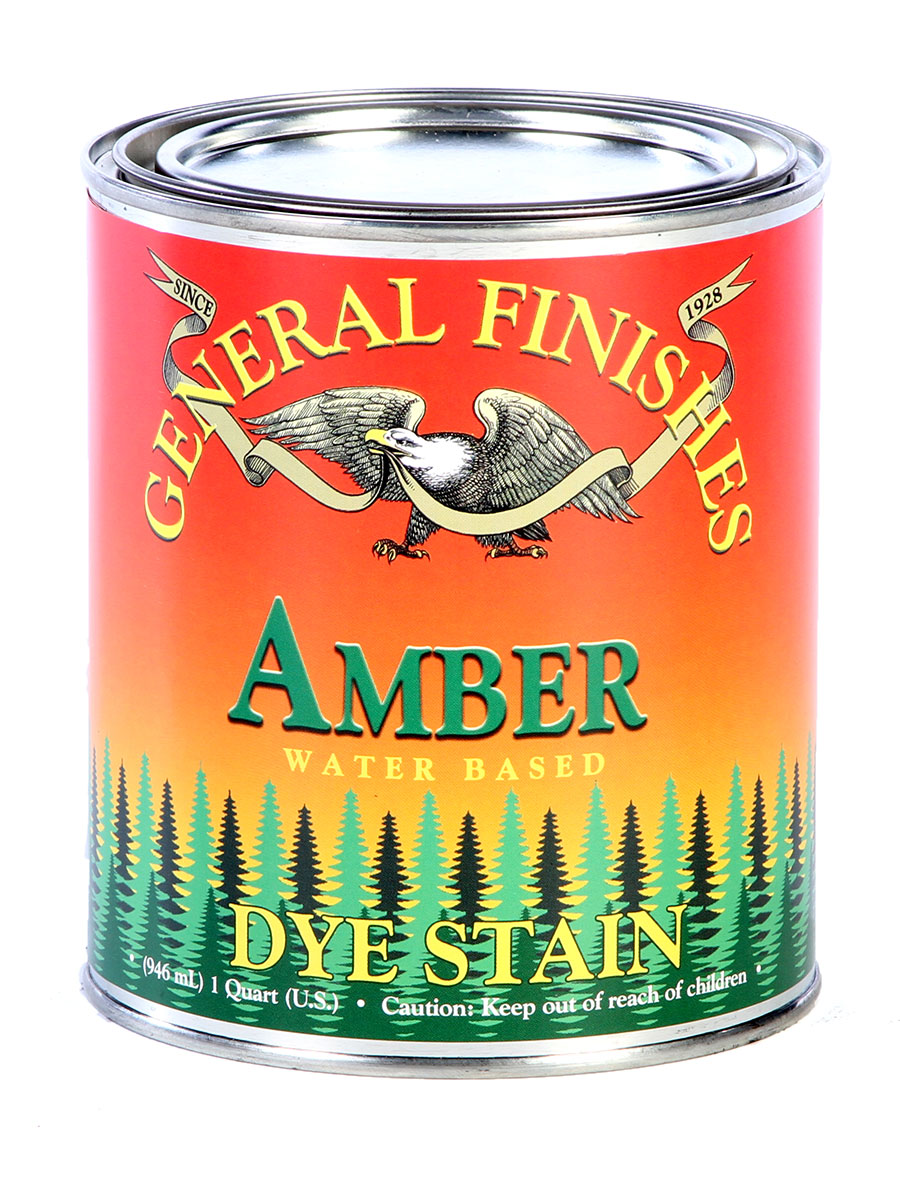






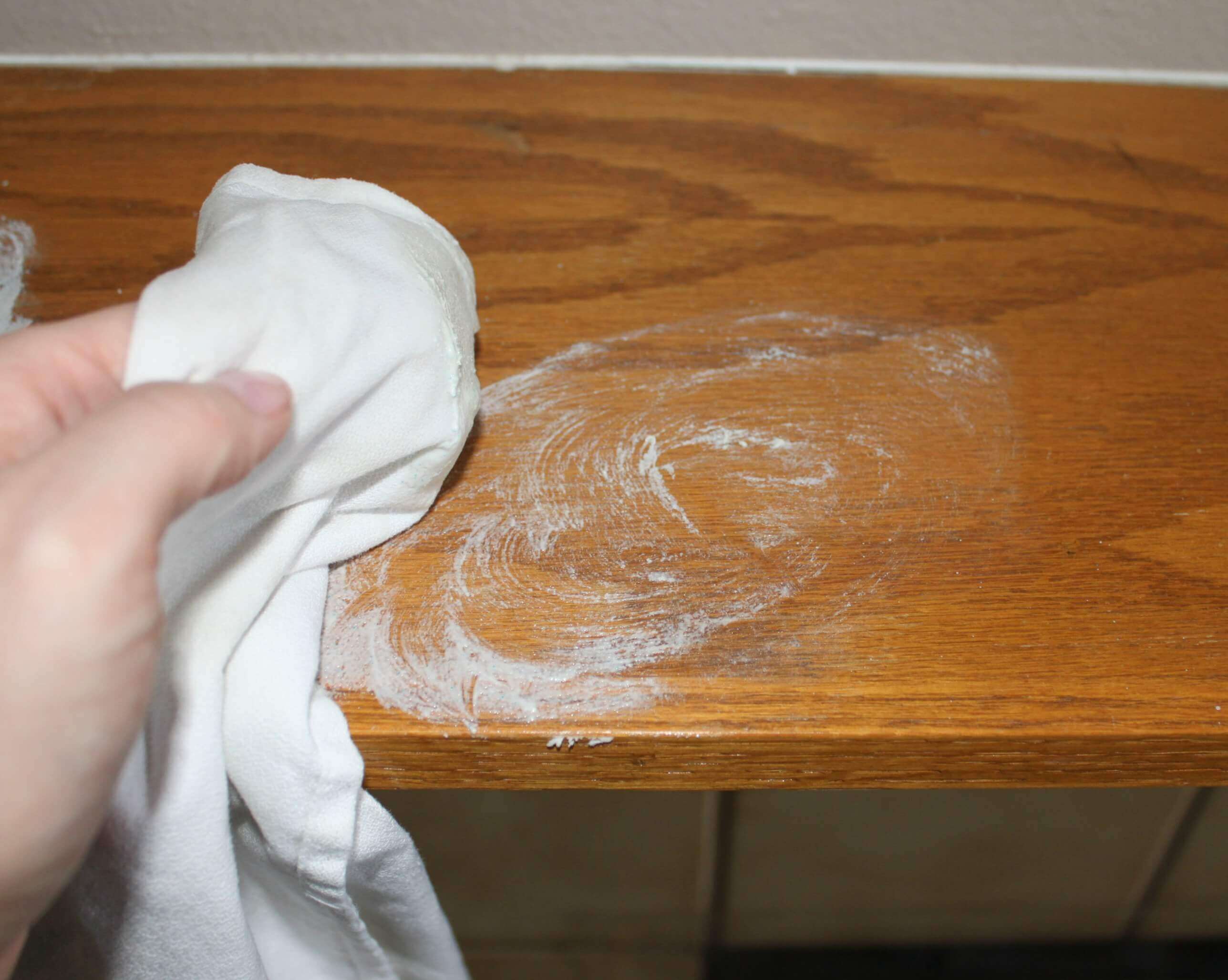



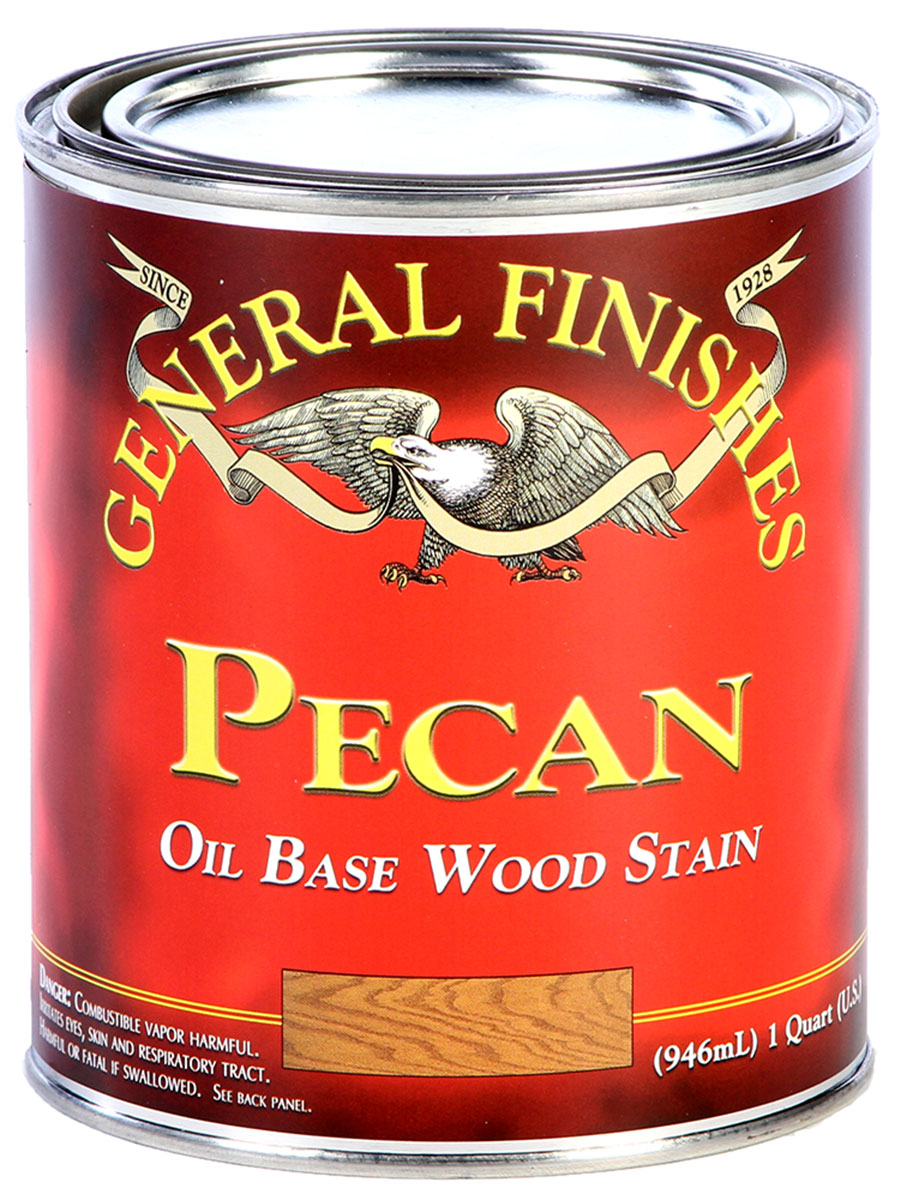

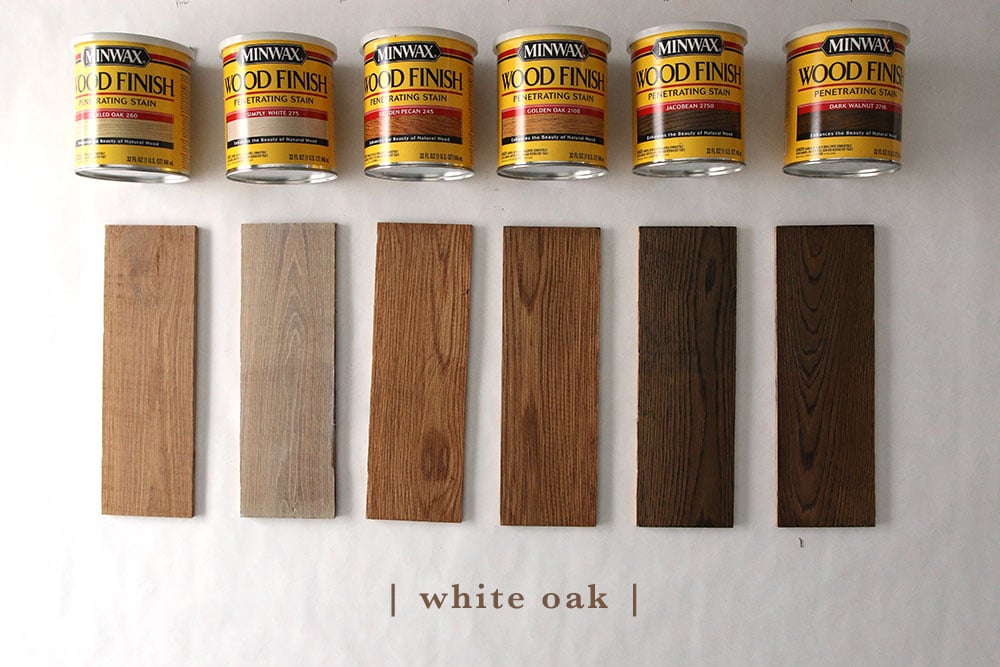
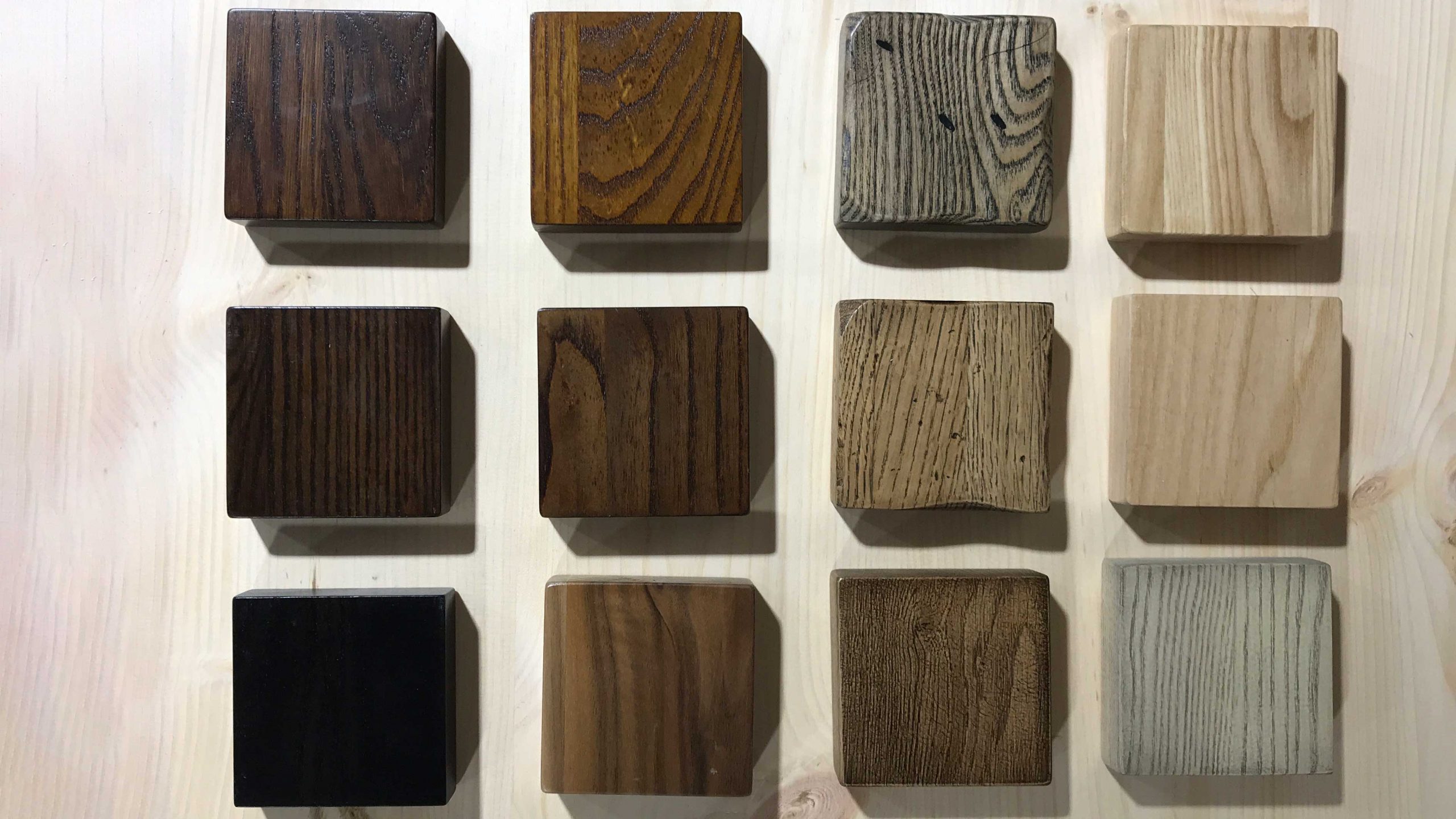
:max_bytes(150000):strip_icc()/stain-removal-oil-based-stains-1901072_V1-eff612a628854f3f9c30dd4f65900aae.png)
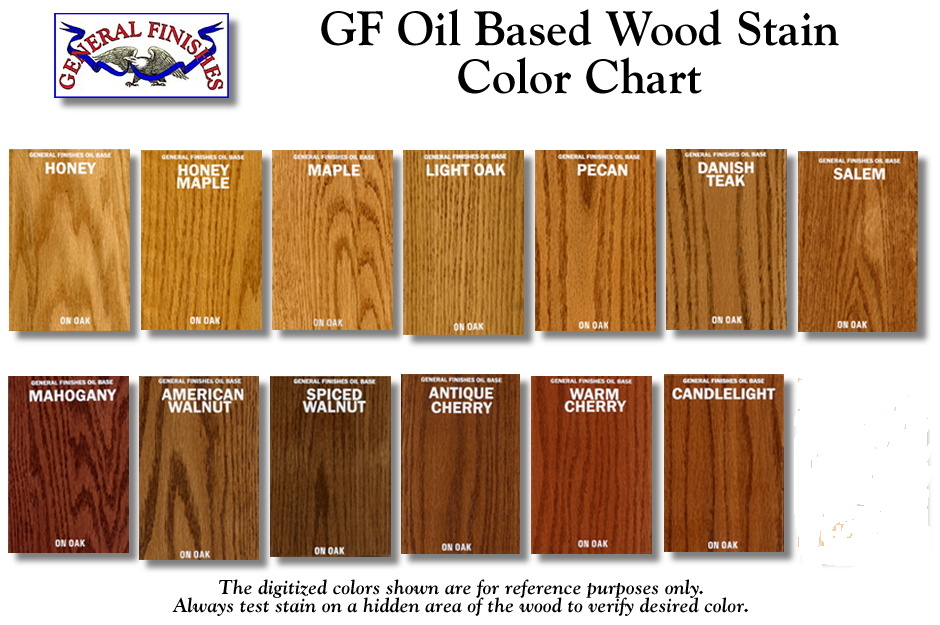




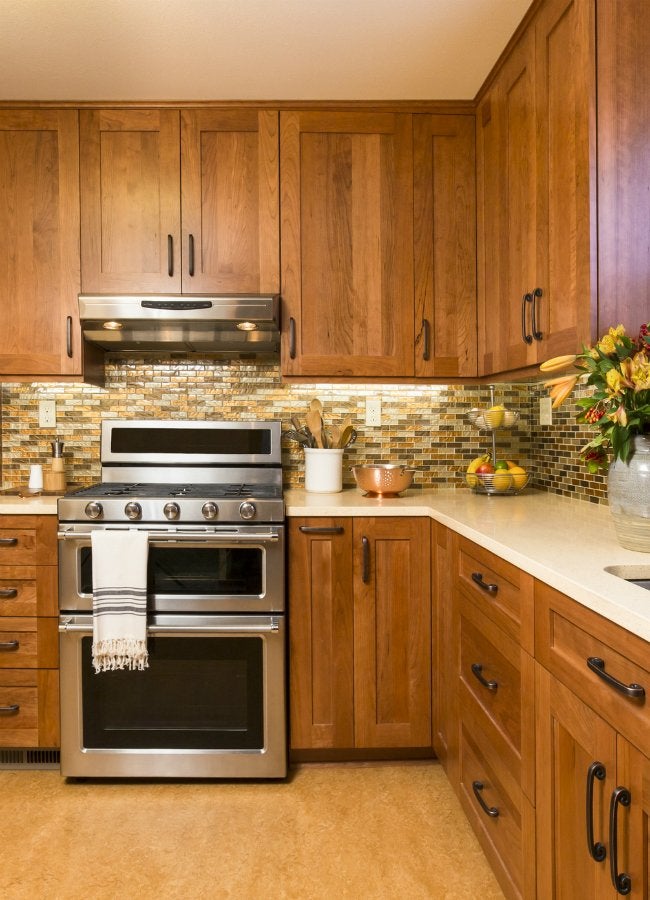


:max_bytes(150000):strip_icc()/designersbuildersinc_119435621_173557914265817_3339330568184216681_n-ee0c803d12614d058ba1c65fd145e93b.jpg)










-640w.JPG)

